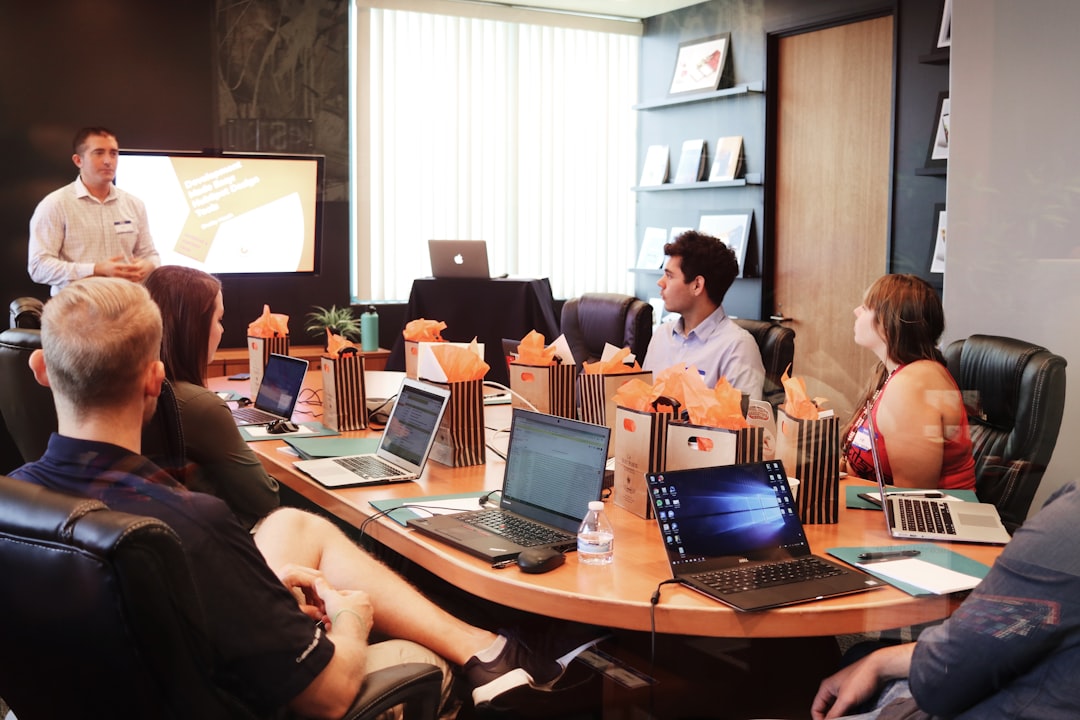Case Study: My Experience With
 Paving Company: Your Guide to Exceptional Paving Solutions
Paving Company: Your Guide to Exceptional Paving Solutions
When it comes to boosting the performance and aesthetic appeals of your building, choosing the ideal paving business is critical. Paved surfaces not only improve the appearance of your exterior rooms yet additionally add value to your building. Whether you require a brand-new driveway, outdoor patio, or walkway, understanding the solutions used by paving companies can assist you make an informed choice that meets your needs.
A reliable paving firm will generally offer a selection of solutions, including asphalt paving, concrete paving, and sealcoating. Asphalt paving is a preferred selection for driveways and car park due to its toughness and cost-effectiveness. At the same time, concrete paving is preferred for its adaptability and series of layout options, which enable house owners to tailor their exterior areas. Sealcoating, on the other hand, is vital for preserving asphalt surfaces, supplying a protective layer that prolongs their life expectancy while enhancing their look.
Past material choices, a superb paving company will certainly prioritize customer service and contentment. This includes providing free quotes, clear rates, and clear communication throughout the project. A reputable business will likewise be prepared to answer all your questions relating to the paving process and preserve routine updates during execution, making sure that you’re kept informed at every action.
Choosing the ideal paving business likewise involves considering their experience and portfolio. Seek a business with a tried and tested record and favorable reviews from previous customers. A reputable paving professional will likely have considerable expertise of neighborhood regulations and ecological considerations that might impact your task. Don’t hesitate to request for recommendations or view instances of their completed tasks to assess their job quality and workmanship.
In conclusion, purchasing professional paving solutions can dramatically enhance the appearance and functionality of your outside spaces. By picking a reliable paving company that offers an extensive range of solutions, focuses on consumer fulfillment, and has a solid profile, you’ll be well on your method to developing the best smooth surfaces to match your property. Don’t hurry the procedure; take the time to do your research and select sensibly to make sure that your investment repays over time.
 Locate the Right 18 Wheeler Mishap Lawyer for Your Case
Locate the Right 18 Wheeler Mishap Lawyer for Your Case Comprehending Home Appraisal: A Comprehensive Overview
Comprehending Home Appraisal: A Comprehensive Overview